
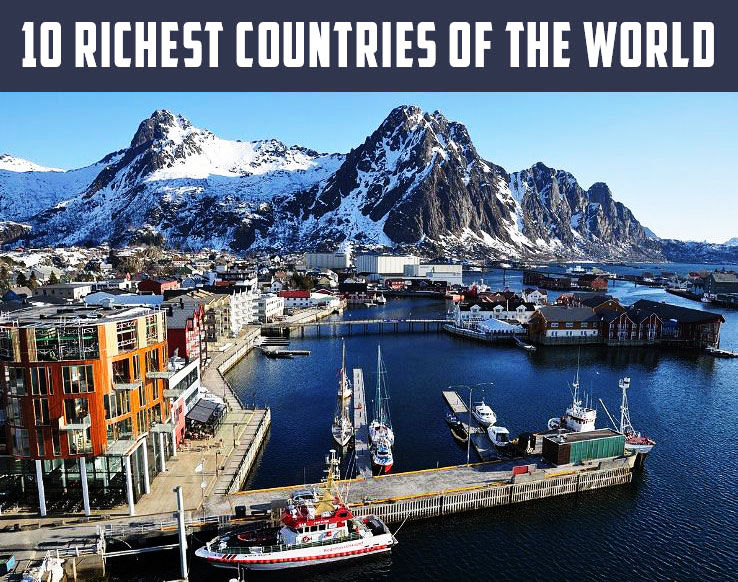
It will surprise you that many of the world's wealthiest nations are also among the smallest. While GDP measures the value of goods and services produced in a country, dividing this output by the number of residents is a better way of defining how rich or poor one nation’s populace is relative to another’s. The reason why “rich” equals “small” then turns out to be clear: these nations’ economies are substantial compared to their small inhabitant count.
1. Luxembourg

Luxembourg is in the heart of Europe, and approximately 670,000 people live there. Luxembourg uses a major chunk of its wealth to improve housing, healthcare, and education for people with the highest living standards in the Eurozone.
It weathered the pandemic better than many European nations, and its economy rebounded from -0.9% growth in 2020 to more than 7% in 2021. That ricochet did not last long because of high interest rates, the war in Ukraine, and a broader decline in the financial conditions in the Eurozone. The economy grew by 1.3% in 2022 and contracted by 1% in 2023.
Still, weak economic growth may not be worth complaining about when living standards are this high. Luxembourg led the way with a $100,000 per capita GDP in 2014; there has yet to be a looking back.
2. Macao SAR
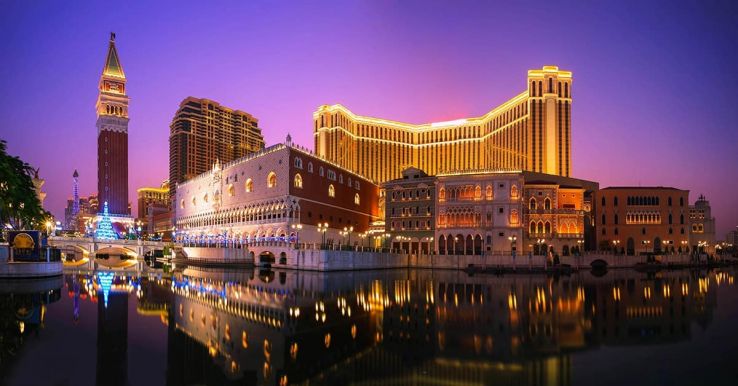
With a populace of about 700,000 and over 40 casinos spread over a territory of about 30 square kilometres, this narrow peninsula just south of Hong Kong became a money-making machine.
However, Macao SAR has proven its resilience. Despite the pandemic outbreak and the subsequent halt in travel, the region has managed to bounce back. It has returned to business, with its per-capita purchasing power even higher than in 2019.
3. Ireland
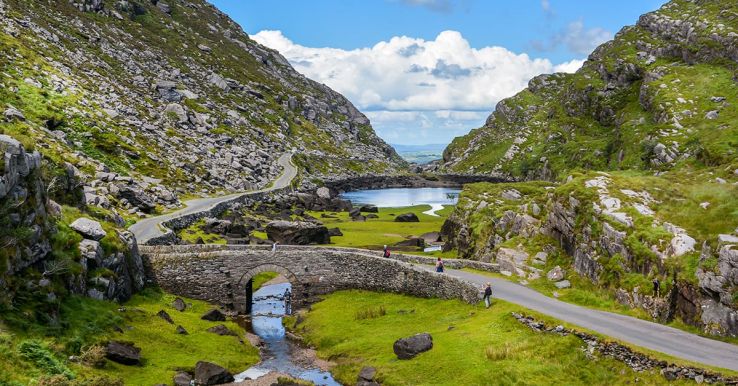
With a population of around 53 lakhs, Ireland was among the hardest hit by the 2008-9 monetary crisis. Following reform measures like deep cuts to public-sector wages and reforming its banking industry, the nation regained its economic health, improved its employment rates and saw its per capita GDP grow considerably. Additionally, while Irish families are certainly better off than they used to be, the national household per-capita disposable income is slightly lower than the general EU average, per the OECD data. There is a substantial gap between the richest and the poorest.
4. Singapore
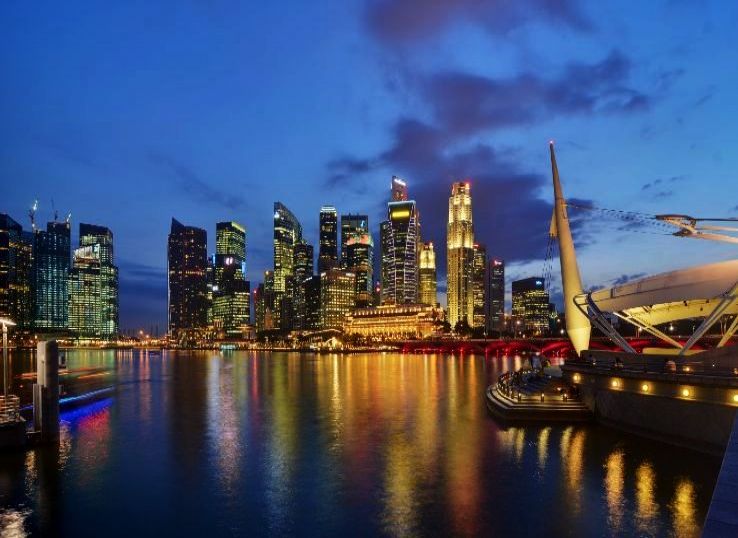
Nowadays, Singapore is a thriving trade, manufacturing, and monetary hub, and 98% of the adult populace is now literate. Unfortunately, that did not make it resistant to the global economic downturn. In 2020, the economy shrank by 3.9%, knocking the country into recession for the first time in more than ten years. In 2021, the economy bounced back with 8.8% growth, but the slowdown in China, a top trading partner, disrupted the recovery.
China’s financial problems hit Singapore’s manufacturing sector, which makes up 20% of Singapore’s total GDP, which is predominantly hard. The economy extended by 1% in 2023 and will not grow more than 2% in 2024 and 2025.
5. Qatar
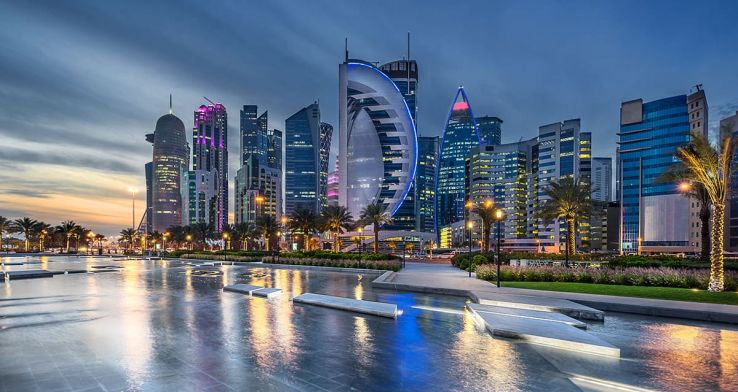
With just 12% of the nation’s residents being Qatari nationals, the pandemic spread quickly among low-income migrant workers living in jam-packed quarters in the early months, triggering one of the region's maximum rates of positive cases. Then, dropping energy prices meant dropping private and government sector revenues.
An export-focused economy, the country also suffered from the global trade disturbance caused by the Ukraine war. Later, the conflict in Gaza sparked transformed fears and indecision across the Middle East. Still, the economy has proven to be adequately resilient. It will grow by about 2% in 2024 and 2025.
6. United arab emirates
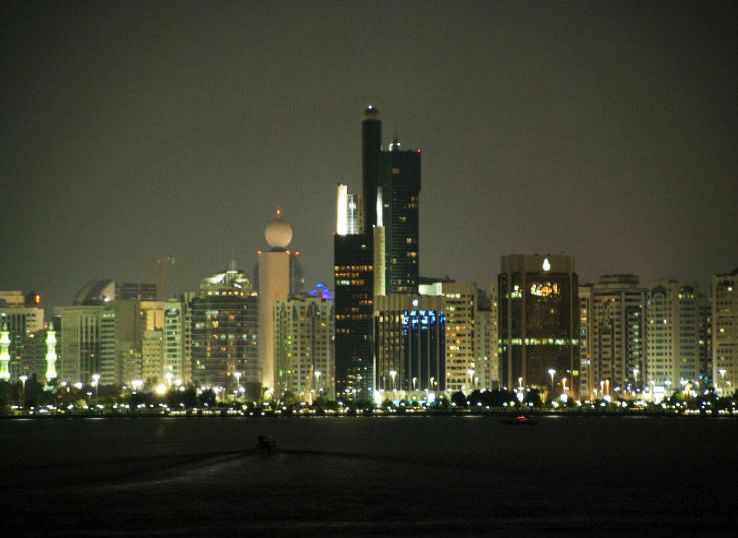
Today, the UAE's population is considerably wealthy. Lured by tax-free salaries and year-round sunshine, only around 20% of the nation's individuals are locally born.
The UAE's economy is becoming increasingly diversified. Beyond the dominant hydrocarbon sector, tourism, trade, construction, and finance are essential industries. This diversification has helped the UAE maintain its position among the top 10 richest nations of the world, despite briefly slipping out of the ranking.
7. Switzerland
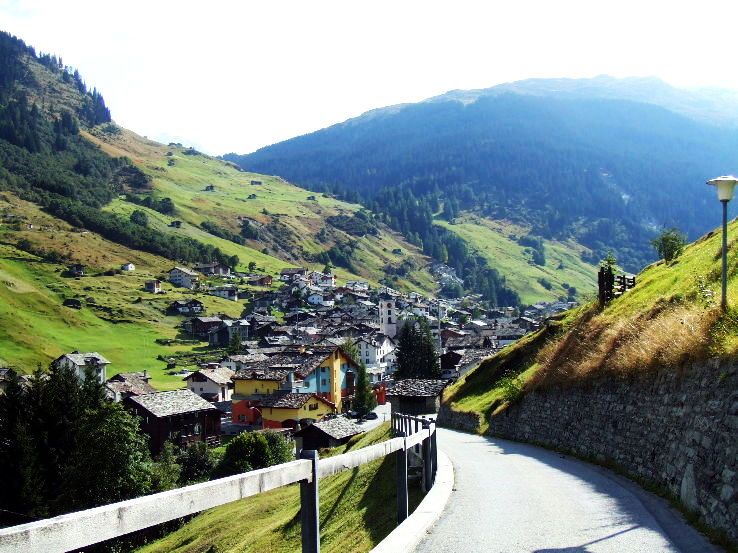
According to the 2023 Global Wealth Report by Credit Suisse, Switzerland came out on top concerning the mean average wealth per adult at an enormous $685,230. Also, one in six adults has assets of more than one million U.S. dollars.
Additionally, in 2022, Credit Suisse approximately imploded before a government-engineered rescue by its long-time rival, UBS Group, pulled it back from the edge. The demise of Credit Suisse has shaken the nation, damaging Switzerland’s reputation as a secure and dependable global banking center.
8. San Marino
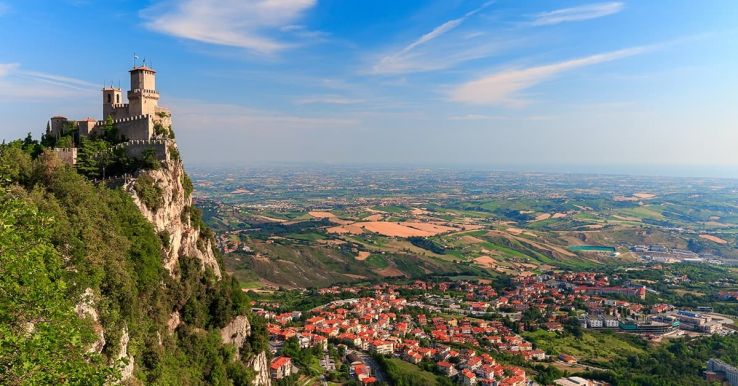
It is the oldest republic in Europe and the fifth smallest nation. Though it has just 34,000 citizens, it is amongst the richest in the world—the meagre income tax rates, at around one-third of the EU average. However, it is working towards harmonizing its financial laws and regulations with the EU and international standards.
Despite tight financial conditions and the energy crisis, the nation showed amazing flexibility throughout the pandemic, and its tourism and manufacturing sectors performed exceptionally well.
9. United states of america
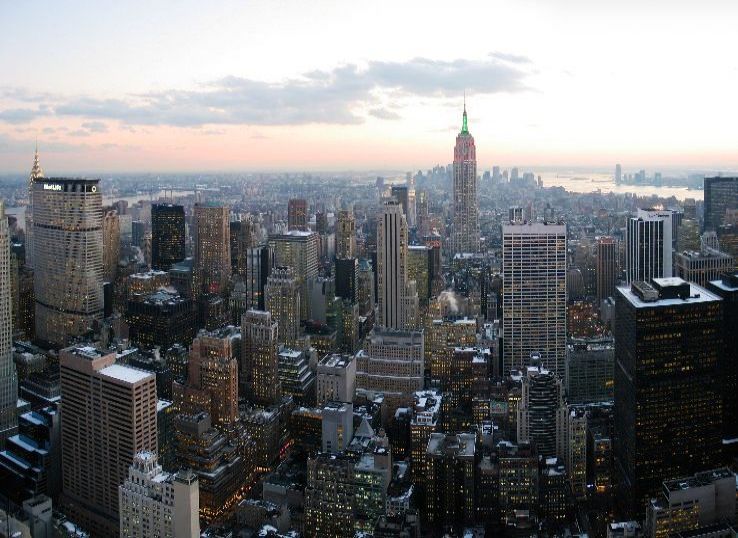
The United States first entered the top 10 list in 2020. Its surge was initially primarily due to pandemic-related socioeconomic measures, which enhanced income and spending, and dropping energy prices, which pushed Qatar, Norway, and the UAE down the rankings.
Not only did the US have its shortest recession in early 2020, lasting just two months, but its economy is booming. In April, the IMF advanced its 2024 forecasts for US economic growth to 2.7%. Still, according to the Fund, the United States' performance will be “a key driver of global growth this year.”
10. Norway
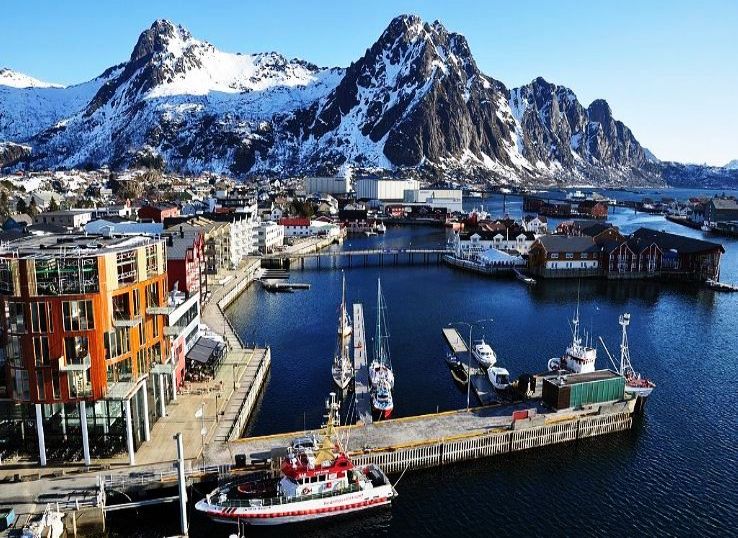
As Western Europe’s top petroleum producer, Norway has benefited from rising prices for decades. Norwegians can count on their $1.4 trillion sovereign wealth fund, the world’s largest. Not just that, unlike numerous other wealthy countries, Norway’s high per capita GDP reflect the average person’s financial well-being. The country has one of the smallest income inequality gaps worldwide.
Recommended For You
-
 Best Places to Stay During Kumbh 2025: From Tents to Luxury Hotels
Best Places to Stay During Kumbh 2025: From Tents to Luxury Hotels
-
 The Ultimate Guide to Maha Kumbh Mela 2025 at Prayagraj
The Ultimate Guide to Maha Kumbh Mela 2025 at Prayagraj
-
 Understanding the Importance of the Sangam: The Confluence of Faith
Understanding the Importance of the Sangam: The Confluence of Faith
-
 The History and Mythology of Kumbh Mela: A Journey Through Time
The History and Mythology of Kumbh Mela: A Journey Through Time
-
 Best Places to Eat in Goa: Indulge in a Culinary Delight
Best Places to Eat in Goa: Indulge in a Culinary Delight
-
 The Future of Drone Tourism: How Drones are Changing the Travel Industry
The Future of Drone Tourism: How Drones are Changing the Travel Industry
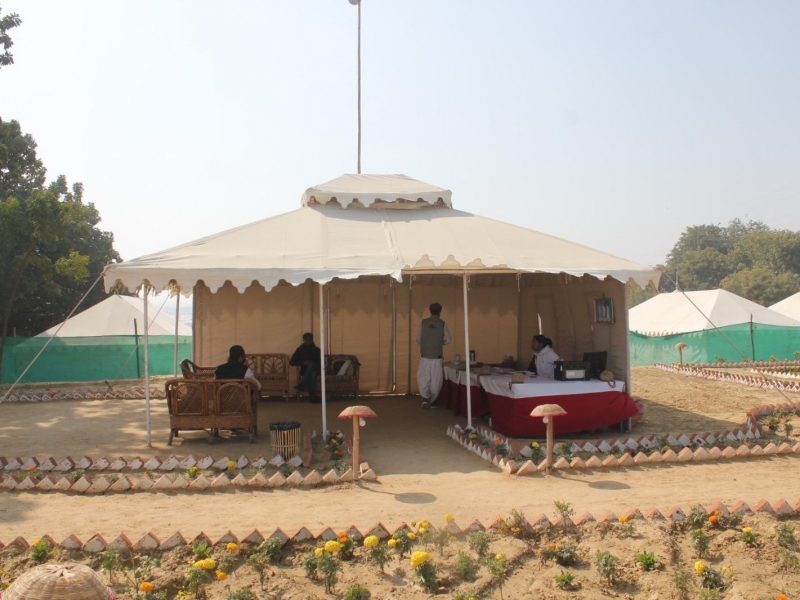
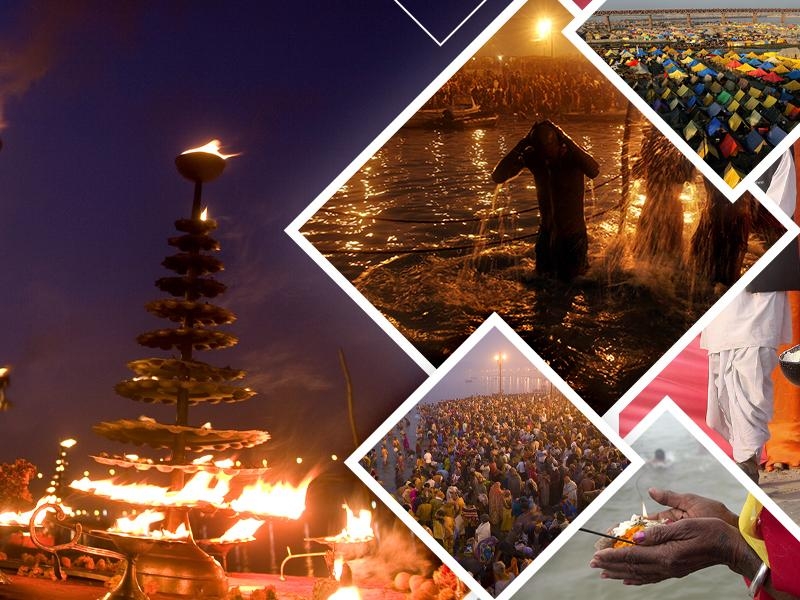
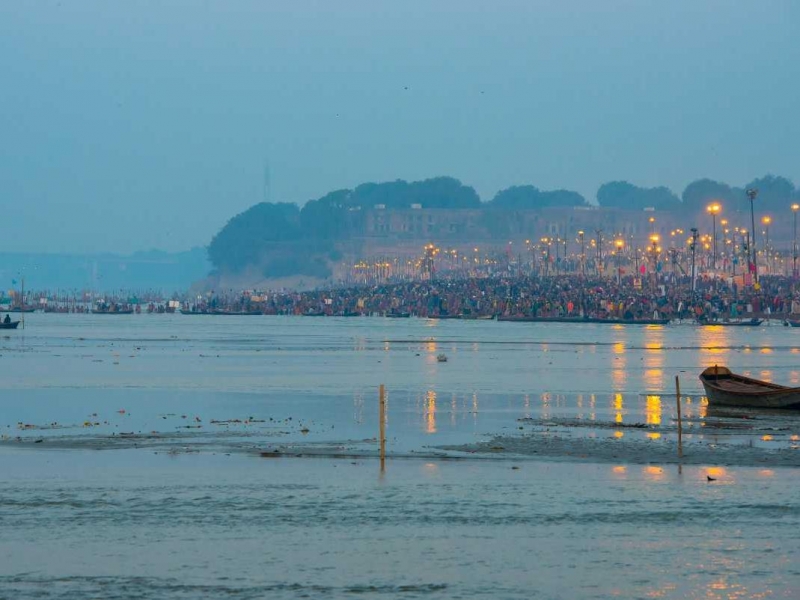















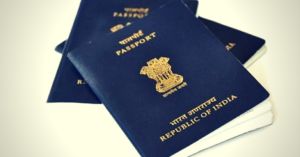




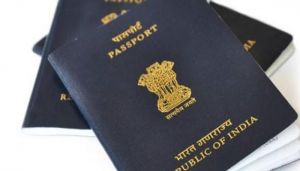

Author Bio